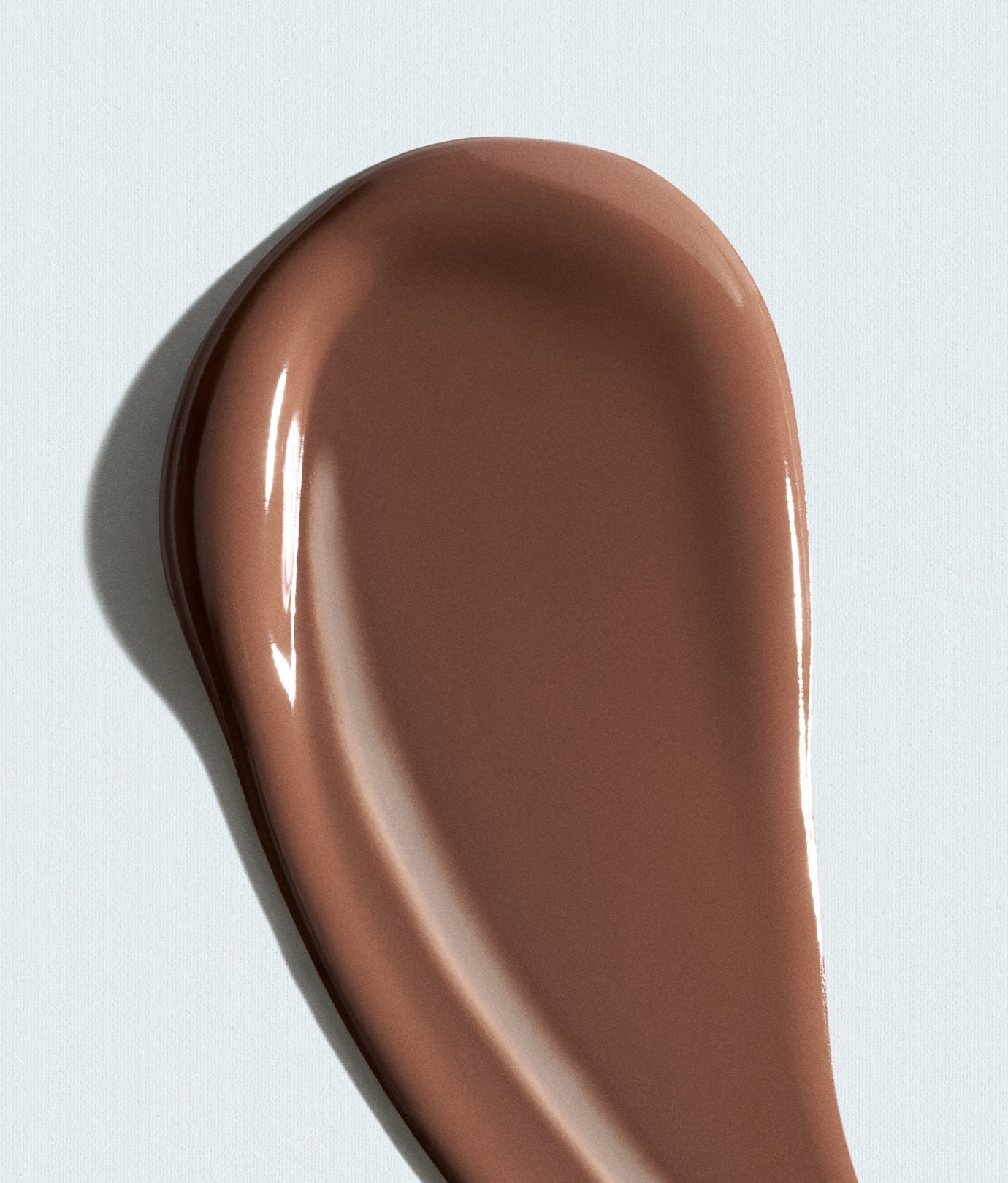Most mineral sunscreens rely on zinc oxide and/or titanium dioxide as UV filters. Zinc oxide is known to be the safest and most effective broad-spectrum UV filter, so why don't more people use 100% zinc oxide sunscreens? White cast, especially on darker skin tones.
This has made tinted SPF options, like our new deeper tints of OS-01 FACE SPF, extremely popular, as they blend seamlessly into your skin tone. Let's explore why we chose iron oxide to tint our face SPF.
Why Iron Oxides?
Why did we choose iron oxides over other pigments? The answer—iron oxides offer better protection from visible light, have a superior safety profile, work well with zinc oxide for boosted benefits, and allow us to make a more inclusive selection of tones to help you find the perfect one:
Iron Oxides Protect Your Skin From High-Energy Visible(HEV) Light
Visible light, particularly the blue light spectrum between 400 to 700 nanometers, is increasingly recognized as a major contributor to skin damage. Unlike the damage caused by ultraviolet (UV) radiation, which remains relatively superficial and is absorbed by the upper layers of the skin, lower-energy visible light is able to penetrate deeper into the skin, causing signs of photoaging such as fine lines and hyperpigmentation.[1] This effect is especially pronounced in those with darker skin tones (Fitzpatrick skin types IV-VI) and those with hyperpigmentation-prone skin.[2,3]
Most sunscreen that fully blends into your skin is incapable of blocking this visible light. Given that visible light accounts for approximately 45% of the solar radiation encountered daily, this gap in defense is significant.[1] While sunlight is responsible for most blue light exposure, devices with screens and indoor lighting also release HEV at extremely close proximity to your skin.
Thankfully, iron oxides are great at blocking blue light. Research shows that tinted mineral sunscreens with iron oxides can reduce blue light exposure by up to 86%, helping to keep your skin protected and looking radiant.[3] The actual level of reduction in blue light exposure will depend on the concentration of iron oxides in the tinted sunscreen. Darker shades with more iron oxide will block more blue light than lighter shades with less iron oxide.
Iron Oxides Are Non-Toxic And Safe
Iron oxides exhibit an excellent safety profile. As an inorganic pigment, iron oxides primarily remain on the skin's surface, demonstrating minimal penetration and posing a very low risk of systemic toxicity during clinical testing.[3] In their non-nano forms, they're also non-irritating, largely chemically inert, and hypoallergenic, with a long history of safe use in cosmetics, including on sensitive skin.[4]
Iron Oxides Help You Get The Right Tint With OS-01 FACE SPF
Iron oxides come in several different colors. Mixing red, yellow, and black shades of iron oxide helps us formulate deeper shades of OS-01 FACE SPF for a broader range of skin tones.
Here's how to choose the right tint of OS-01 FACE SPF:
- Light/Medium: Best for light to medium skin tones
- Medium/Deep: Best for medium to deep skin tones
- Deep: Best for deep skin tones
While tinted, OS-01 FACE SPF doesn’t sit on your skin like a foundation. Instead, it is designed to be light coverage, helping blend the zinc oxide seamlessly into your natural skin tone. This means that you don't need to find a perfect match for your skin tone, just a formula that blends in.
Pro tip: Try mixing different tints or tinted and untinted to find the right option for you.
Key Takeaways
- OS-01 FACE SPF is now available in deeper tints for a wider range of skin tones.
- Tinted SPF formulas with iron oxides protect your skin from the deeper-penetrating blue light that accelerates visible aging.
- With a proven track record of safety, iron oxides deliver lasting coverage without penetrating or irritating the skin.
- Unlike heavy foundations, our iron oxide-tinted SPFs are designed to blend in, enhancing natural skin without masking it.



